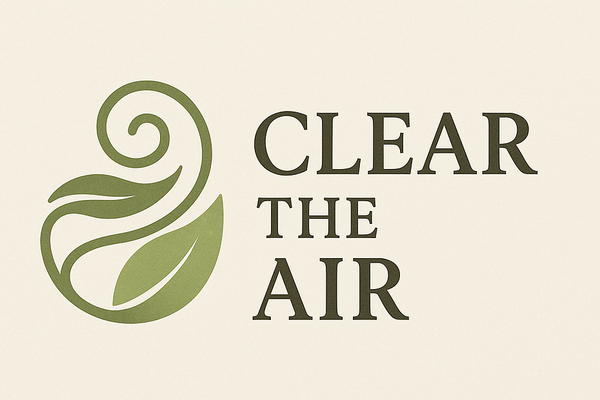Clear the Air: A Student-Led Climate Action Project
from 04/11/2024 until 01/07/2025
Young people today face the direct impacts of climate change, including health risks such as respiratory problems caused by air pollution. This project empowers 11- and 12-year-old students at St. Ignatius College, Prof. Edward de Bono Ħandaq Middle School in Malta, to become active agents of environmental change. Using low-cost air quality monitors, students measured real-time pollution levels in their local area, linking their observations to broader climate challenges.
Through hands-on experiments, gamified activities, and collaboration with the local community, the students developed scientific knowledge and a strong sense of responsibility toward protecting the environment. They identified a clear connection between traffic levels and increased air pollution, especially in terms of particulate matter (PM2.5, PM10), total volatile organic compounds (TVOC), and nitrogen dioxide (NO2). Motivated by their findings, students applied the Six Thinking Hats and SCAMPER models to propose practical solutions to the Ħal Qormi local council. These included optimising school transport systems, encouraging drivers to switch off engines when idle, and establishing traffic restrictions near the school whenever possible. They also proposed promoting active travel such as cycling and walking to school, if the required infrastructure such as safe sidewalks, traffic lights and bike lanes are put into place. They also suggested the introduction of electric public transport (such as electric buses) for students, teachers, and workers in nearby industrial zones to reduce private car congestion.
This project was developed as part of the STEAM Learning Ecologies initiative, an EU-funded Horizon project that fosters inclusive and challenge-based learning across Europe. It also contributes to the GLOBE Program, a global science and education network that engages students in environmental data collection and observation to promote climate literacy and scientific collaboration.
The project highlights the power of student-led, data-driven initiatives to raise awareness and inspire action on climate change at the community level. At the end of the project, the students and their teacher presented their findings during a research symposium. The full dataset and research paper are openly available here: https://zenodo.org/records/15855124
Aim
To empower 11- and 12-year-old students to understand and monitor local air quality, raise awareness about the impacts of air pollution and climate change, and engage them as active agents in proposing and promoting practical solutions to improve their environment.
Needed equipment
Low-cost portable air quality monitors capable of measuring particulate matter (PM2.5, PM10, TVOC), carbon dioxide (CO2), temperature, and humidity. Passive diffusion tubes were used to measure outdoor nitrogen dioxide (NO2). These monitors enable real-time data collection by students in their school environment. Additional materials include computers for data recording and analysis, and educational resources for experiments and gamified learning activities.
About funding
Funding bodies: Horizon 2020
Created July 21, 2025, 8:12 p.m.
Updated July 28, 2025, 1:41 p.m.
